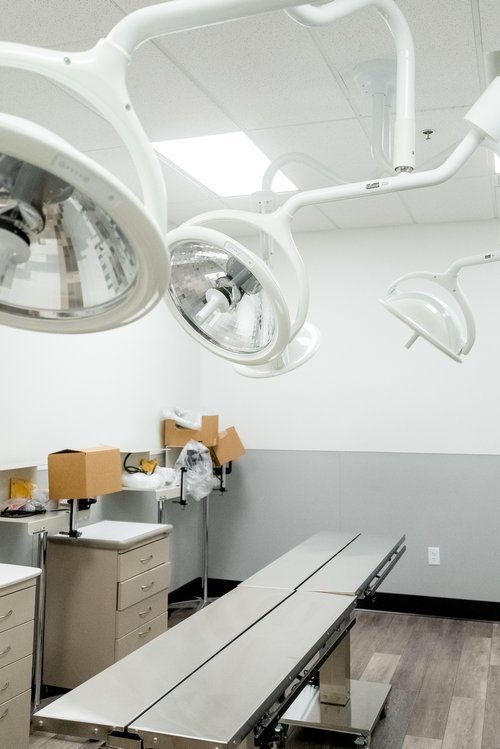
Welcome to the world of commercial general construction! Whether you are a novice looking to embark on your first project or someone simply interested in understanding the fundamentals of commercial construction, this guide is for you. In this article, we will cover the basic concepts, processes, and key elements of commercial general construction to help you navigate this complex industry with confidence.
Understanding Commercial General Construction
Commercial general construction involves the planning, design, and construction of commercial buildings such as offices, retail stores, restaurants, and industrial facilities. Unlike residential construction, which focuses on single-family homes and multi-family residences, commercial construction deals with structures that are used for business or commercial purposes.
Key Elements of Commercial General Construction
- Permits and Regulations: Before any construction can begin, it is essential to obtain the necessary permits and adhere to building codes and regulations set by local authorities.
- Site Preparation: This involves clearing the construction site, excavating the land, and preparing the foundation for the building.
- Foundation Construction: The foundation is the base of the building that supports the entire structure. It is crucial to ensure it is built correctly to prevent structural issues in the future.
- Structural Framing: This step involves constructing the frame of the building, including walls, floors, and roofs, to create the overall structure of the commercial building.
- Exterior Finishes: Exterior finishes such as siding, roofing, and windows are installed to protect the building from the elements and enhance its aesthetic appeal.
- Interior Finishes: Interior finishes include flooring, walls, ceilings, and fixtures that make the building functional and visually appealing.
- Mechanical, Electrical, and Plumbing (MEP) Systems: These systems are essential for the operation of the building and include heating, ventilation, air conditioning, electrical wiring, and plumbing.
- Finishing Touches: The final touches, such as painting, landscaping, and signage, are added to complete the commercial building.
Planning and Design Process
Before any construction work can begin, a detailed planning and design process is essential to ensure the project's success. This phase involves working with architects, engineers, and other professionals to create a blueprint for the commercial building.
Steps in the Planning and Design Process
- Site Selection: Choosing the right location for the commercial building is crucial for its success. Factors such as zoning regulations, accessibility, and visibility need to be considered.
- Concept Development: Developing a concept and design for the building that meets the client's needs and preferences.
- Architectural Design: Working with architects to create detailed drawings and plans for the building's layout, structure, and appearance.
- Engineering Design: Collaborating with engineers to design the structural, mechanical, electrical, and plumbing systems of the building.
- Permitting and Approvals: Obtaining the necessary permits and approvals from local authorities before construction can begin.
Construction Process
Once the planning and design phase is complete, the construction process can begin. This phase involves coordinating various contractors, suppliers, and laborers to bring the commercial building to life.
Steps in the Construction Process
- Bidding and Contracting: Soliciting bids from contractors and selecting the best team for the project. A contract is then signed outlining the scope of work, timeline, and budget.
- Site Mobilization: Setting up the construction site, including temporary facilities, equipment, and materials.
- Construction Execution: Carrying out the construction work according to the plans and specifications, ensuring quality and safety standards are met.
- Quality Control and Inspections: Regular inspections are conducted to ensure the construction meets quality standards and building codes.
- Project Closeout: Completing the final touches, obtaining occupancy permits, and handing over the building to the client.
Key Considerations for Beginners
As a beginner in commercial general construction, there are several key considerations to keep in mind to ensure the success of your projects.
Tips for Beginners
- Education and Training: Invest in education and training to gain a solid understanding of construction principles, practices, and technologies.
- Build a Network: Establish relationships with industry professionals, suppliers, and contractors to build a reliable network for future projects.
- Stay Updated: Keep abreast of the latest trends, technologies, and regulations in the construction industry to stay competitive.
- Focus on Safety: Prioritize safety on the construction site by implementing proper safety protocols and training for all workers.
- Communication is Key: Maintain open and clear communication with clients, subcontractors, and team members to ensure the project runs smoothly.